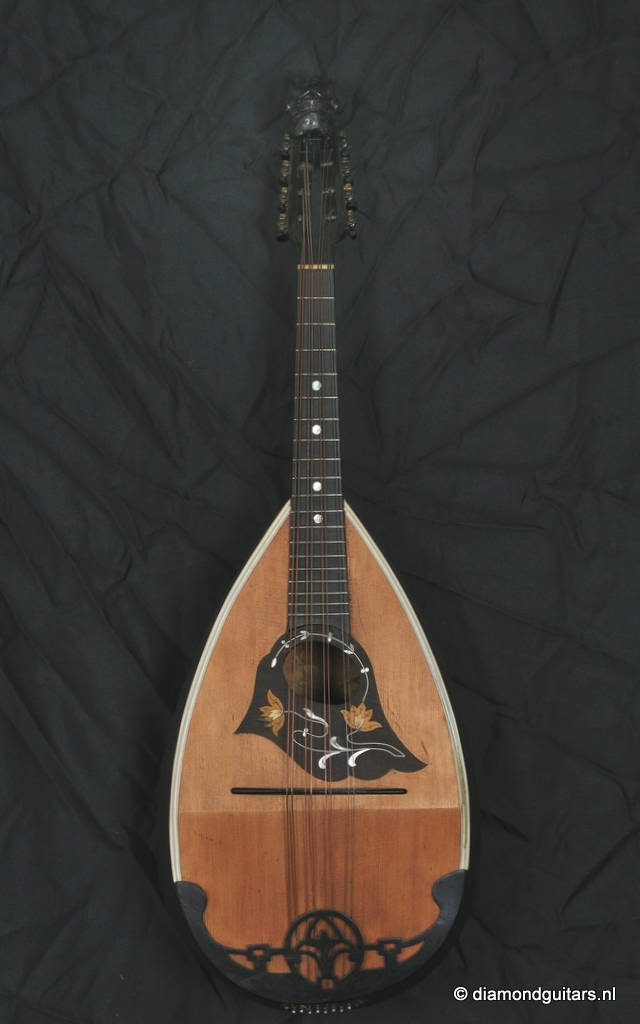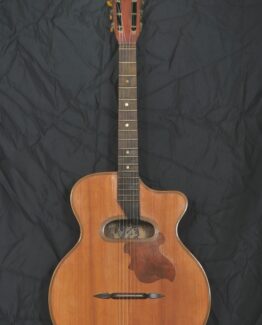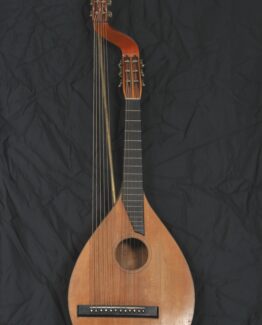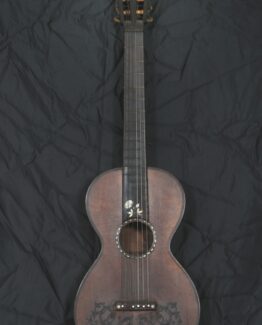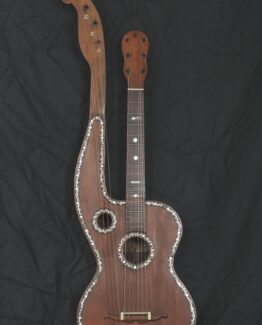Description
This collection of 16 German mandolins show a fascinating evolution: from imported Neapolitan-style bowlbacks to uniquely German designs like the flat-back mandolin and the Wandervogel / Jugendbewegung instruments.
In the late 19th century, Germany imported and copied Neapolitan bowl-back mandolins, which were then the European standard. Around 1900, the mandolin became central to the Jugendbewegung (Youth Movement) and Wandervogel culture → singing, hiking, and communal music. This created demand for robust, affordable, and locally built instruments, different from the delicate Neapolitan mandolin. German luthiers adapted the mandolin into new forms, often influenced by guitars and zithers.
The German luthier built three styles of Mandolins. Neapolitan-Style Imports & Copies which wer e inexpensive, mass-produced, exported worldwide. Then there is the German Flat-Back & Arched-Back Mandolins with thier Flat or slightly arched backs (guitar influence), Larger bodies, often teardrop-shaped, sturdier than bowlbacks. These were loud and less fragile and thus suited for outdoor music. Then this is the Wandervogel Mandolin; simple, rustic mandolins used by youth hiking groups with Minimal decoration and focus on durability. Some luthiers (e.g. Seiffert, Müller) experimented with hybrid mandolin-family instruments, precursors to modern German classical mandolins (later perfected by Seiffert in the 20th century). German mandolin clubs arranged classical works for mandolin ensembles; light music, waltzes, marches, and dances dominated.

